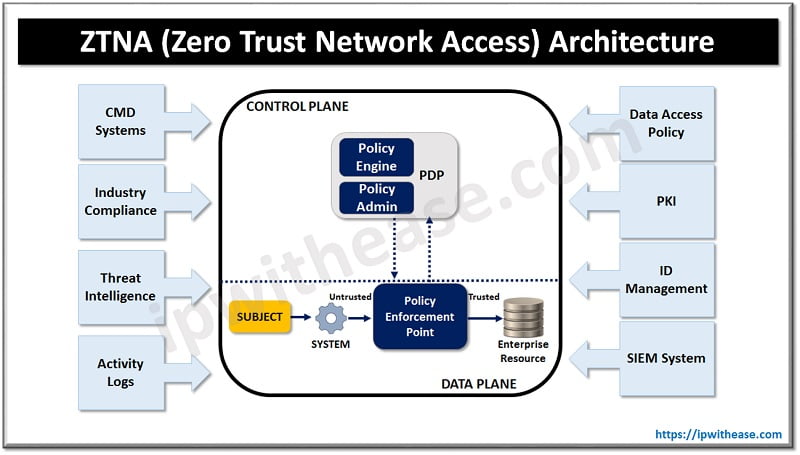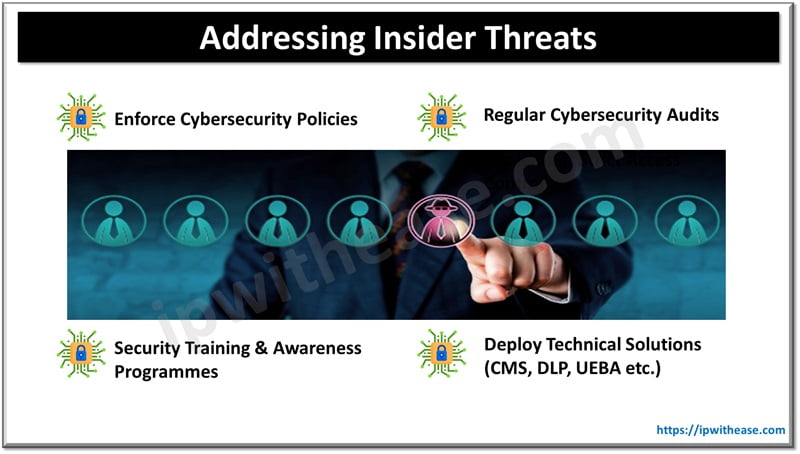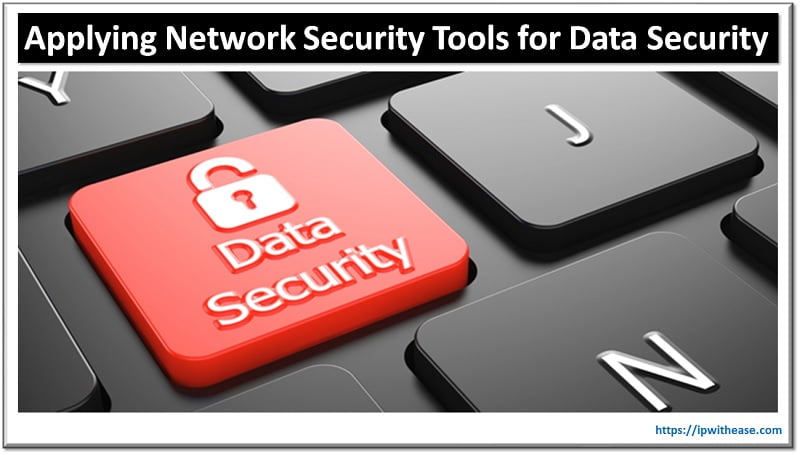Why Cybersecurity is important in Health Sector?
Working in the healthcare space automatically means that you are dealing with some of if not the most sensitive personal information a person has. The theft or mishandling of this information has potentially dire consequences for all involved, including those who allowed the theft or mismanagement to happen. Healthcare providers, therefore, really need to be on their game when it comes to up-to-date cybersecurity best practices.
The massive increase in IoT, as well as things like mental health software and diagnostic and patient monitoring applications in modern healthcare practices, demands careful attention from administrators, executives and medical professionals. With that in mind, below are some of the most important cybersecurity recommendations to keep in mind as the threats posed by cybercriminals to healthcare providers continues to increase throughout the 21st century.
Data Security Awareness
The human factor continues to be one of the most serious security hazards across all industries, but especially in healthcare. For healthcare companies, simple human error or neglect can have severe and costly consequences. Security awareness training provides healthcare workers with the knowledge they need to make informed decisions and exercise proper caution when managing patient data.
The fact of the matter is, cybersecurity concerns are constantly evolving. Criminals are always developing new ways of phishing and scamming employees, hacking systems and exploiting new vulnerabilities. It is a cat and mouse game that will never stop, which means companies need to make continuing cybersecurity education part of their employee learning and development. This is a reality across industries, with the implications for healthcare potentially much more severe.
Restricted Access
By restricting access to patient information and particular programmes to only those people who need it to do their jobs, access controls improve healthcare data security. User authentication is required for access limitations, ensuring that only authorized users have access to sensitive data. The preferred option is multi-factor authentication, which requires users to verify that they are the person authorized to access specific data and apps using two or more validation methods.
These methods include things like passwords and PIN numbers that are only known by the user, something that only the authorized person has, such as a card or a key, or something unique to the authorized user, such as biometrics (facial recognition, fingerprints, eye scanning). The data in question and the risks involved will dictate the necessary precaution.
Data Control & Compliance
Protective data controls go beyond access controls and monitoring to ensure that potentially harmful or malicious data activity is identified and halted in real-time. Data controls can be used by healthcare companies to prevent sensitive data from being uploaded to the internet, sent via unlawful email, copied to external storage, or printed.
Data discovery and categorization are critical components of this process because they allow sensitive data to be recognized and marked for the appropriate level of protection. Healthcare providers must, therefore, develop a data hierarchy informed by not only HIPAA compliance regulations but based on the existing vulnerabilities in their own systems, including how and where the data is accessed.
Logging/Monitoring Sessions
All access and usage data must be logged in order for providers and business partners to see who is accessing what information, applications, and other resources, as well as when and from which devices and locations. These records are useful for auditing purposes, allowing organizations to discover areas of concern and, if necessary, reinforce preventive measures.
An audit trail may help organizations locate precise access points, ascertain the reason, assess and, importantly, respond to damages after an incident happens.
Managing IoT Security Risks
This is the longest section of this article because it is arguably the most important consideration. You typically think of smartphones and tablets when you think about mobile gadgets. However, with the rise of the Internet of Things (IoT), linked gadgets are taking on a variety of shapes and sizes. Everything from medical gadgets like blood pressure monitors to cameras used to monitor physical security on the premises could be connected to a network in the healthcare industry.
To ensure that connected devices are always secure, healthcare providers can do things like maintaining a separate network for IoT devices, monitoring the device networks on a regular basis to scan for any unusual activity that may signal a breach, and always disabling or uninstalling non-essential services or functionality.
As previously mentioned, it is always advisable to use strong multi-factor authentication whenever and wherever feasible. But maintaining the most recent versions of all linked devices helps ensure that all fixes are applied whenever they become available and is another cross-industry cybersecurity best practice. Importantly, it involves making sure employees and IT staff are on top of patches and updates to software.
Conclusion
With the many serious healthcare data breaches that have occurred over the last few years, good cybersecurity is now more than ever a vital component of industry operations. From informing and educating staff to developing more robust data handling and management measures, it is incumbent upon those companies and institutions storing and accessing sensitive health data that they are not compromising their customers.
Keep the above cybersecurity best practices for healthcare providers in mind, and you can rest assured you are doing everything you can to mitigate disaster.
Continue Reading:
Top 5 Data Breaches in Cyber Security and Possible Preventative Measures
ABOUT THE AUTHOR
IPwithease is aimed at sharing knowledge across varied domains like Network, Security, Virtualization, Software, Wireless, etc.



